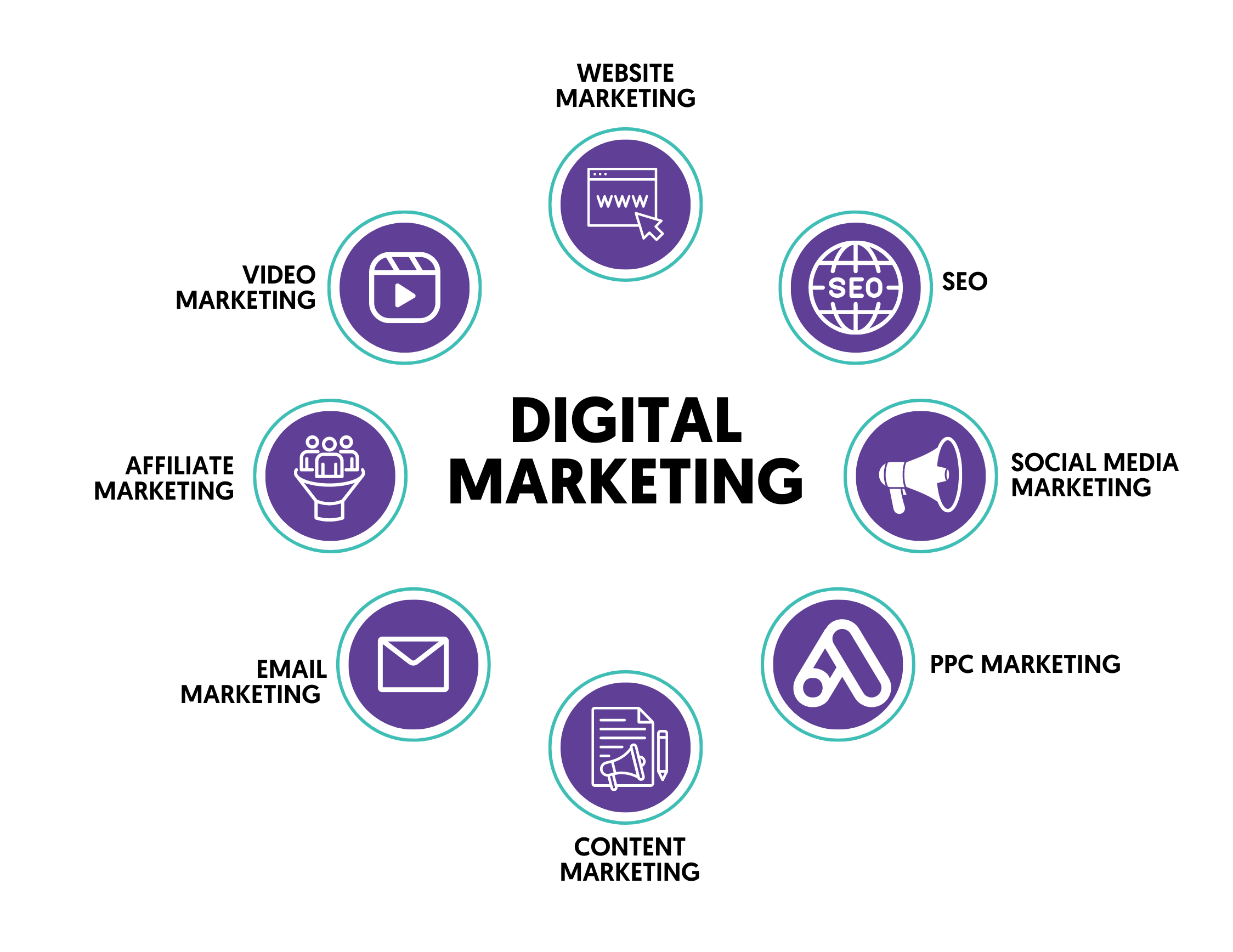Enhance Customer Experience and Drive Web Traffic With Responsive Internet Design
In today's digital landscape, where users are accessing websites from a wide range of devices, responsive internet style has actually become more crucial than ever. With its ability to adjust and flawlessly get used to different screen dimensions, receptive style not only boosts individual experience yet also drives web traffic to your website. However why is this layout method so crucial? Just how does it increase customer interaction and rise web site web traffic? In this discussion, we will check out the crucial elements of efficient receptive design, delve right into the very best techniques for its implementation, and discover the secrets to enhancing customer experience while driving even more website traffic to your web site.
Why Responsive Website Design Matters
Receptive internet design is an essential element of modern internet advancement because of its capability to make certain ideal customer experience throughout various tools and screen sizes. With the expansion of smart devices, tablet computers, and various other mobile phones, it has come to be critical for web sites to adapt and give smooth functionality no matter the tool being used.
The primary factor why responsive web style issues is that it enables users to have a pleasurable and regular surfing experience, no matter of the gadget they are utilizing. A receptive site immediately readjusts its design, material, and design components to fit the display size and resolution of the gadget, making certain that users can easily navigate and communicate with the internet site without any kind of hassle or stress.
Moreover, responsive website design also plays a significant role in search engine optimization (SEARCH ENGINE OPTIMIZATION) Internet search engine, such as Google, prioritize sites that are mobile-friendly and responsive in their search results page. By incorporating responsive style principles, websites can improve their presence and position, resulting in raised organic web traffic and possible customers.

Boosting User Interaction Via Responsive Layout
Optimizing individual involvement is a crucial objective of responsive style, as it ensures that individuals can quickly access and connect with website content on any type of gadget. With the raising use tablets and mobile phones, it is critical for websites to adapt to various screen sizes and resolutions. Responsive design enables sites to immediately readjust their format and content to provide a seamless user experience across devices.
One of the primary methods responsive style boosts individual involvement is by minimizing load times. With a receptive internet site, users do not need to wait on different mobile variations to lots, leading to quicker accessibility to web content. This better speed causes higher user fulfillment and motivates them to spend even more time on the website.
Additionally, receptive style improves user engagement by boosting navigation and interface (The Ad Firm Web Design). When a web site is developed responsively, buttons and food selections are maximized for touch communications, making it less complicated for individuals to engage and navigate with the site on their mobile tools. This instinctive and straightforward experience keeps individuals engaged and urges them to check out even more of the web site
Furthermore, receptive style permits for much better web content presence and readability. By adapting the design and font sizes to different tools, responsive internet sites guarantee that users can quickly review and comprehend the web content. This improves customer engagement by minimizing the demand for zooming or look at these guys scrolling to review the message.
Enhancing Web Site Traffic With Responsive Web Layout
With the expanding appeal of mobile tools, having a site that is responsive to different screen sizes and resolutions is crucial for driving enhanced web traffic. In today's digital landscape, users are accessing sites from a range of gadgets such as mobile phones, tablets, and desktop. Each of these devices has different screen dimensions and resolutions, and if your internet site is not designed to adapt to these variations, it can lead to an inadequate customer experience and a loss of possible website traffic.
Receptive web design ensures that your website looks and operates ideally throughout all tools. By utilizing flexible grids, liquid photos, and media inquiries, responsive design allows your web site to immediately change its material, navigation, and format to fit any display dimension. This implies that users will certainly have a seamless browsing experience despite whether they are utilizing a small smart device or a big desktop computer.
Crucial Element of Effective Receptive Style
Reliable responsive style includes several crucial components that guarantee a smooth customer experience across various devices. This enables web content to be displayed in a visually attractive and legible manner on any type of gadget.
An additional important element is media inquiries. These permit designers to apply different styles and designs based on the features of the user's gadget, such as display size and positioning. By making use of media questions, designers can enhance the presentation of material for every tool, guaranteeing that it is understandable and conveniently obtainable.
Receptive photos are additionally essential in effective responsive design. Pictures that are as well big can click decrease page load times on mobile devices, while images that are as well tiny might appear pixelated on larger screens. By utilizing strategies such as responsive photo resizing and careless loading, designers can guarantee that images are suitably sized and optimized for each tool.
Last but not least, efficient responsive style includes a mobile-first method. This means creating and prioritizing material for smart phones first, and after that broadening and improving the style for larger displays. This technique makes sure that the most essential web content is quickly accessible on smaller sized screens, while still providing an abundant experience on larger tools.
Finest Practices for Executing Receptive Website Design
Carrying out responsive web style calls for mindful factor to consider of numerous best techniques to make sure an optimal customer experience across various devices. When carrying out responsive web layout., right here are some crucial best methods to adhere to.
To start with, it is critical web design services company to prioritize mobile individuals. With the boosting dominance of mobile phones, making for mobile-first has ended up being vital. Beginning deliberately for smaller screens and after that progressively boost the layout for larger displays.

One more vital finest practice is to maximize photos for various screen resolutions. Huge images can reduce the loading time of your website, particularly on mobile phones with slower links. Usage responsive photos that can be resized based on the gadget's display resolution to improve performance.
Additionally, examination your web site on various devices and display dimensions to make sure a seamless and regular experience. There are various testing devices available that can aid you recognize any concerns and make necessary modifications.
Last but not least, focus on functionality and accessibility. Make sure that your website is simple to browse, with clear and succinct web content. See to it that your site is available to people with handicaps and follows availability standards.
Verdict
In final thought, receptive web layout plays a vital role in boosting individual experience and driving traffic to internet sites. By embracing receptive design concepts, sites can ensure optimum seeing experiences throughout different tools, leading to increased customer engagement.
Enhancing user involvement is an essential goal of receptive design, as it makes sure that users can quickly accessibility and engage with website web content on any gadget. Responsive style allows web sites to automatically readjust their layout and content to offer a smooth customer experience across gadgets.
Additionally, receptive layout boosts user involvement by improving navigation and customer interface.Receptive images are additionally critical in effective receptive layout. By adopting responsive layout concepts, sites can make certain optimal viewing experiences across different tools, leading to increased user interaction.